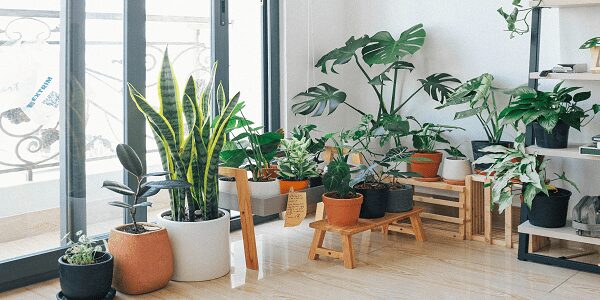Houseplant lighting is the first thing we should get right if we are to have healthy houseplants because the light is crucial for plant growth.
More light means more energy production, more growth, and thus, a more robust plant.
Plants convert light energy into chemical energy in a unique process called photosynthesis.
The problem stems from the term ‘houseplant’ or ‘indoor’ plants. the truth is all plants belong outdoors, not inside pots at home.
But over the years, we have found a way to mimic a plant’s natural environment so that we can keep it indoors successfully. All plants need a robust and steady natural light source to grow. The key to keeping houseplants alive is to understand how much light they require.
The perfect houseplant lighting
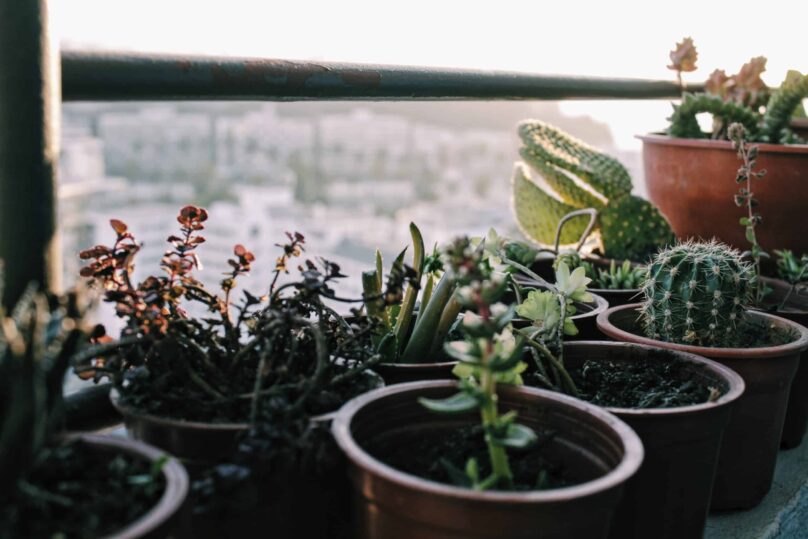
Outdoor plants receive direct and indirect light all day long. even plants that grow on the forest floor and don’t get direct sunlight still receive ample light to grow into healthy specimens.
But light inside our homes is a totally different story.in most homes, unless you have a multitude of windows, doors, and skylights, we receive fifty percent or less natural light than the outdoors, and for a shorter duration of time.
So how do we know what kind of light works for our plants?
The answer that you will almost always be given is: ‘bright indirect’ light. But what does that even mean? How bright is bright really?
The other will tell you that the best light for plants is light in which you can comfortably read a book. but that’s not helpful either. For example, I have really poor eyesight and need more light to read a book than someone with perfect eyesight.
This means that the light we see and experience is subjective. This is more so for plants.
Plants experience light very differently from us humans. while we use light to primarily see and regulate our circadian rhythm, plants use it for energy. So, what is bright for us may not necessarily be bright for plants.
Indirect light explained
The truth is that most houseplants don’t need direct sunlight that falls directly on plants. evergreen perennials will burn in the hot afternoon sun. so explain what is indirect sunlight.
On the other hand, these plants also hate shady, poorly lit corners of our home. the shade of a forest is still much brighter than our homes because the forest is exposed to the sky all day long, unlike our homes, which block out the sun with their solid ceilings and walls.
When you are figuring out where to place your plants at home, go down to your plant’s level right down on that floor and ask yourself: can this plant see some sky? not just an inch.
Your plants want a good view of the sky, not a peepshow. Think of why concert seats behind pillars and obstruction are the cheapest. It’s because they give us a poor view of the show and a crick in the neck.
Give your plant the best seats for the light show in your home and they will reward you with their prettiest leaves.
Light guide
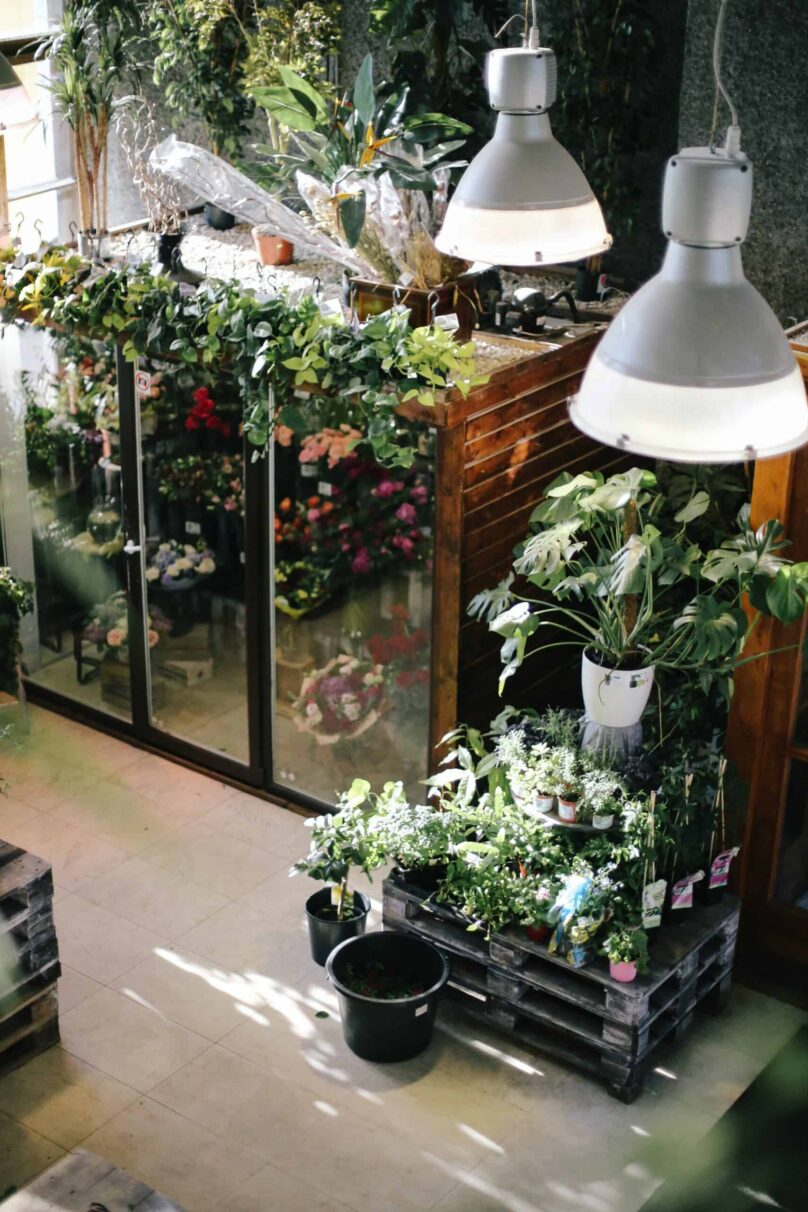
Direct sun
Plants like cacti require direct sunlight. this means that actual sunlight should fall on these plants or the plants should ‘see’ the sun directly.
this type of light is intense. Most houseplants prefer to be out of many hours of direct sunlight, especially in the afternoon hours.
Bright indirect light
As explained earlier, bright indirect light is when plants can either see some sun, both directly and partially, or can see the sky.
Rectify poor light in your home by painting walls white or lighter colors because light colors reflect more light. Another neat trick is to use reflective surfaces like mirrors near windows or doors so that light can bounces off these surfaces and travel further into your home.
Partial shade
Partial shade is when a space receives some morning sun and falls into the shade for the day. A few plants like ferns will live even in partial shade conditions in the home. plants with thick, fleshy, dark leaves are best suited for these conditions.
Plants in low-light areas
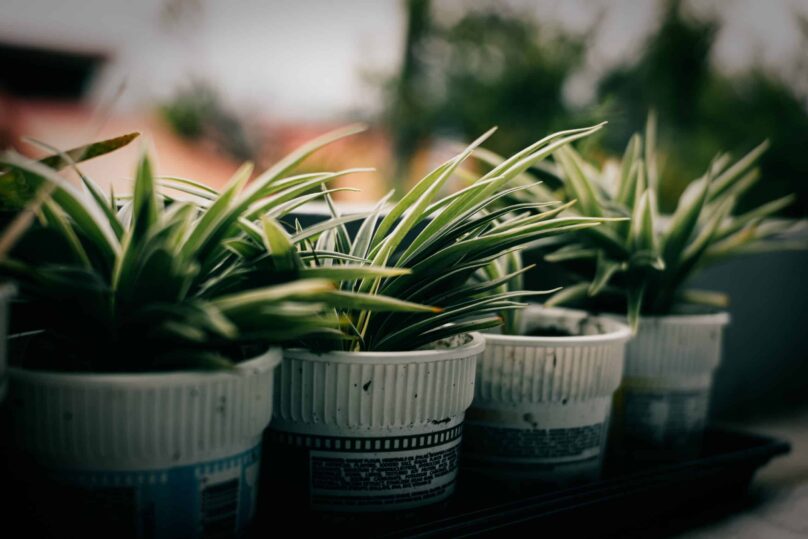
It would be puritanical to say ‘never place plants in dark corners’ because one of the main reasons we bring plants into our homes is for their aesthetic value.
The first is grow lights. There are many grow lights in the market for industrial-scale production of seedlings. there is still nothing commercially viable for home use.
However regular led lights can be used. just ensure that they are white or cool colored. Most plants will be fine with twelve to fourteen hours of artificial light.
Placement is key. if using grow lights, ensure that the light is placed directly above the plant but not close enough to cause burns. You can relax the distance to 2 to 3 feet for plants that manage low light conditions better.
The second, and easier, solution is having twins. not babies, but doubles of the same plant. if you must have a particular plant in a dark area of your home, consider buying two of the same variety. then rotate them every other week, placing one in a brightly lit area, while the other beautify the spot you have chosen.
A few tips regarding light
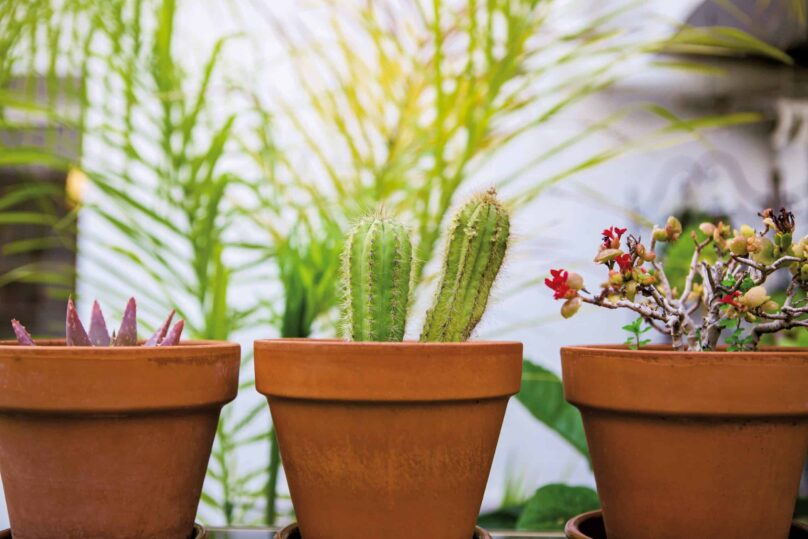
More light for plants– Brightly colored plants like crotons will gradually lose their color and variegation in poorly lit areas. This happens because variegated plants need more light to produce those beautiful pigments.
Turn your pots– Indoor plants will stretch to words the light, resulting in uneven or lopsided growth. Each time you water your plant, turn it just an inch or so to ensure even growth.
prevent legginess– If you have leggy plant stems with only small leaves it means that the plant needs more light. Remedy this by bringing it closer to the light and turning the pot every time you water it before it becomes an unsightly specimen.
Clean the leaves– Plant leaves gather dust rather quickly. this blocks the stomata that help in transpiration and absorbing light. When you notice dusty leaves, wipe both the upper sides and undersides with a damp cloth.
Manage light changes– The light in your house will shift and change through the year. A brightly lit area may turn dark for a few months or so. keep an eye out for these changes and arrange your plants accordingly.
Transpiration
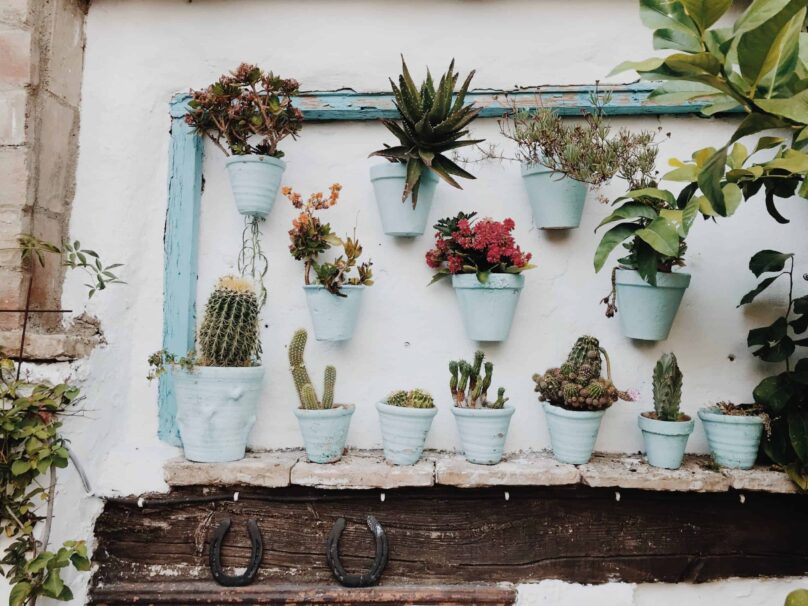
Although water is necessary for plants, only a small amount is absorbed by the roots, while the remaining is released through transpiration or guttation. Transpiration is the process of how water moves through the plant till it evaporates through the plant’s leaves.
Transpiration happens from the stomata and lenticels as vapor. it occurs at high temperatures and results in the wilting of leaves.
Orientation
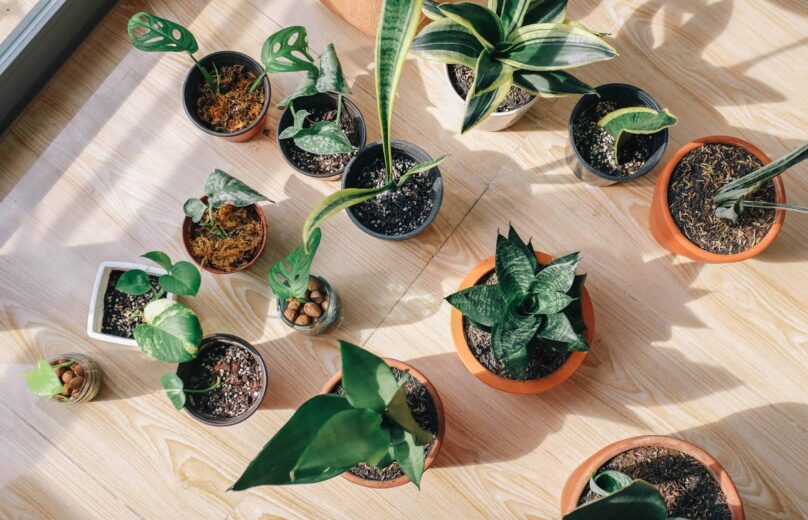
I want you to look around your house and figure out just one thing: Where does the morning sun hit your home? Once you do that, you will know where east is, and by that logic, you will also have a map of light for your home.
The first step to understanding the kind of light your home receives is to understand your home orientation. figure out the direction north, south, east, or west your home faces.
East-facing doors and windows will receive mild morning light, west and south-facing windows and doors will receive the brightest and longest duration of light, while north-facing windows and doors will receive the least and shortest duration of light.
Next, look out of your windows and doors. What do you see? Is there a building or a tree blocking the light, or do you have a clear view?
Of the sky? You may have huge east-facing windows, but if there is something blocking the light, that area of your home will receive a somewhat weaker parcel of light.
FAQ
Are LED lights good for houseplants?
Yes, LED lights are good for houseplants. They are not as harsh as traditional bulbs, and they emit a full spectrum of light that is beneficial for plant growth.
How much light should I give my indoor plants?
The amount of light that indoor plants need depends on the type of plant. Some plants need more light than others.
How many hours of artificial light do houseplants need?
Most houseplants need between 12 and 16 hours of artificial light per day in order to grow properly.

